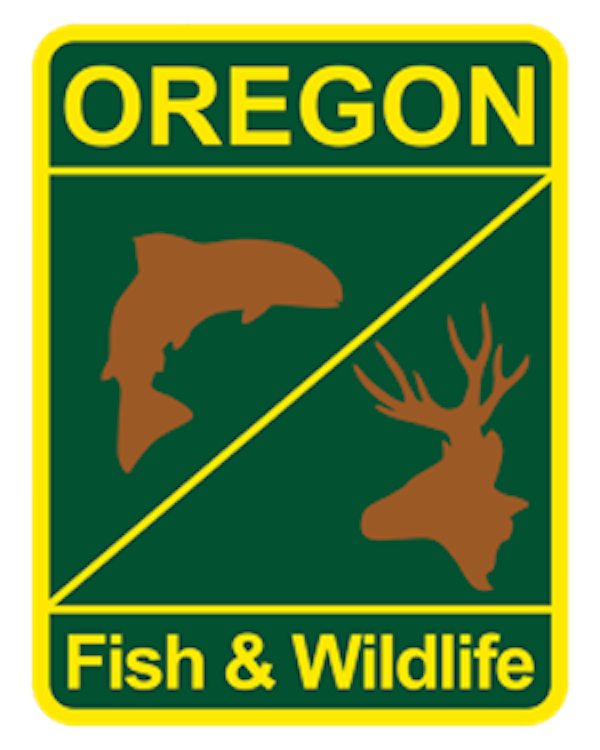Idaho Fish Report
ODFW enacts temporary changes to harvest of wild fall-runChinook salmon in many coastal rivers

by OR Department of Fish & Wildlife Staff
6-11-2020
Website
Hatchery salmon fishing mostly unchanged from permanent regulations
June 11, 2020
SALEM, Ore.— Following poor Chinook salmon returns last fall and forecasted low 2020 returns in certain coastal rivers, ODFW is implementing some restrictions on coastal wild adult Chinook salmon harvest.
The changes to wild Chinook salmon harvest are consistent with existing ODFW management plans, which specify increases or decreases to harvest levels in response to changing stock status for wild Chinook salmon in various groupings of neighboring rivers.
There are no changes to permanent regulations for North Coast streams from the Necanicum River south to the Salmon River, or for the Rogue River basin.
Unless otherwise indicated (see Zone pages below), restrictions only apply to harvest of adult wild Chinook salmon and anglers may harvest adult hatchery Chinook salmon until the normal daily bag limit of 2 fish has been met (see 2020 Oregon Sport Fishing Regulations). The daily limit for jack Chinook salmon (hatchery or wild) remains 5 fish per day and does not count towards the adult daily limit. However, once the adult daily limit is harvested, anglers may not continue to fish for jack salmon.
Changes to wild Chinook salmon bag limits vary geographically, and some areas will be closed, due to particularly poor returns, or anticipated low water conditions. See regulation details for the NW and SW zones at these links:
NW Zone: https://myodfw.com/recreation-report/fishing-report/northwest-zone
SW Zone: https://myodfw.com/recreation-report/fishing-report/southwest-zone
“Our management plans outline changes to fishing regulations when runs are poor in order to protect wild Chinook salmon populations,” said Christine Mallette, ODFW’s Ocean Salmon Technical Resources Manager. “Due to slightly improved forecasts, permanent rules for north coast basins will remain in place; however, forecasts for the remainder of the coastal streams continue to show the effects of poor ocean conditions and necessitate temporary angling restrictions this fall.”
Recent returns to the Coquille and Siuslaw rivers have been particularly low, and as a result, restrictions will be the most severe in these basins.
“Most anglers will be familiar with the ups and downs of salmon and steelhead abundance due to the cyclical nature of their runs,” said Mallette. “While we expect these runs to improve under better ocean conditions, we also need to adapt our management to ensure that Oregon’s wild fall-run Chinook salmon populations can provide sustainable fishing into the future.”
Low flow angling closures on the South Coast may be lifted when Chinook salmon have distributed and forecasted flows are expected to remain high enough to allow fish to migrate. These improved conditions are expected for early to mid-November and are based on historical river flows.
Finally, ODFW has not proposed coastal in-river fisheries for wild Coho salmon this year, due to low forecasted returns. Limited wild Coho salmon harvest is allowed in Siltcoos, Tahkenitch, and Tenmile lakes under permanent rules.

